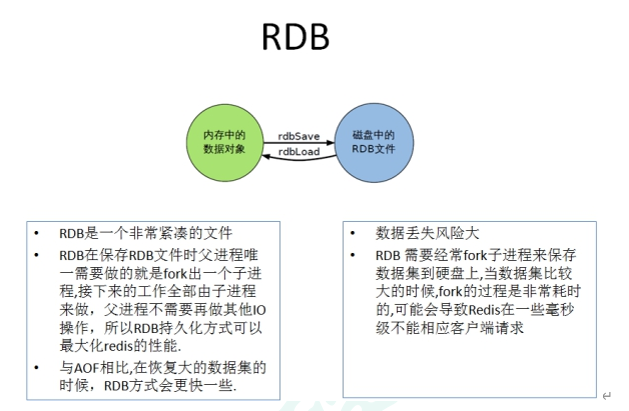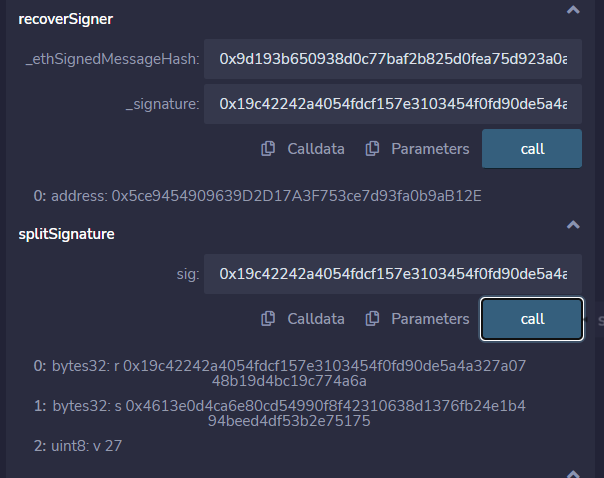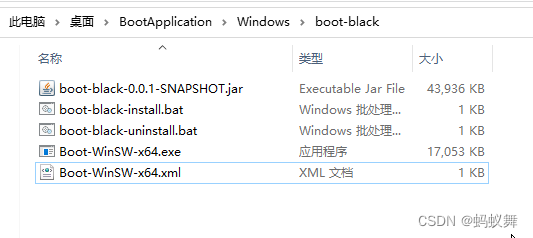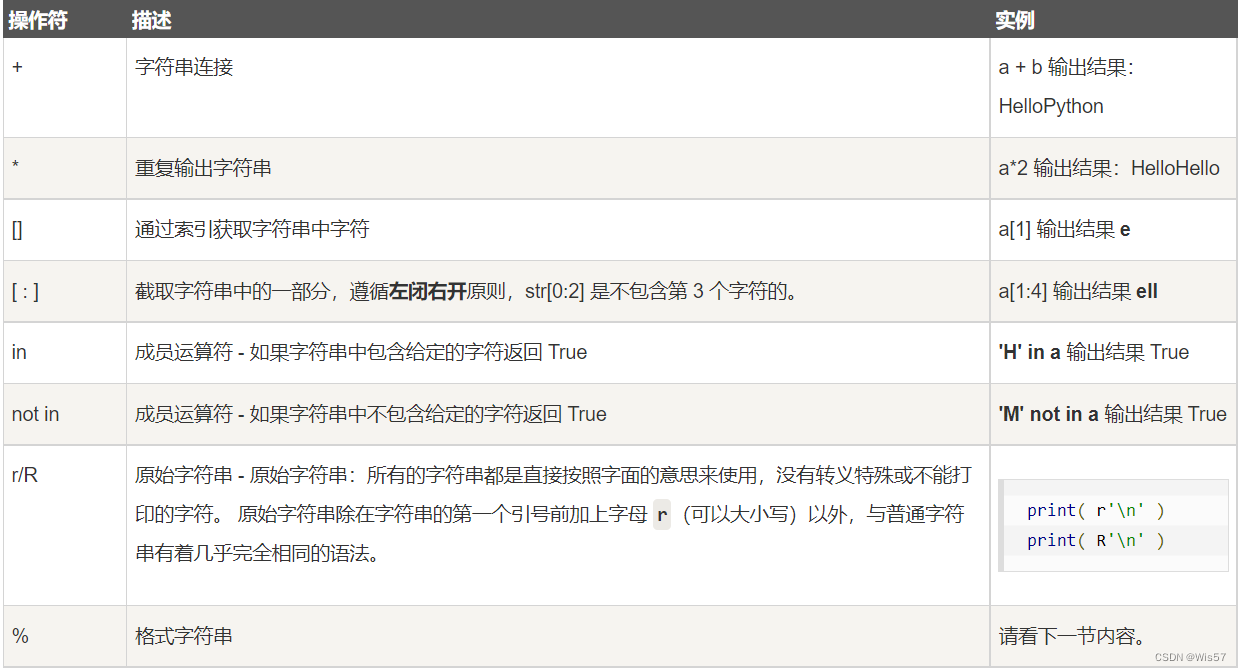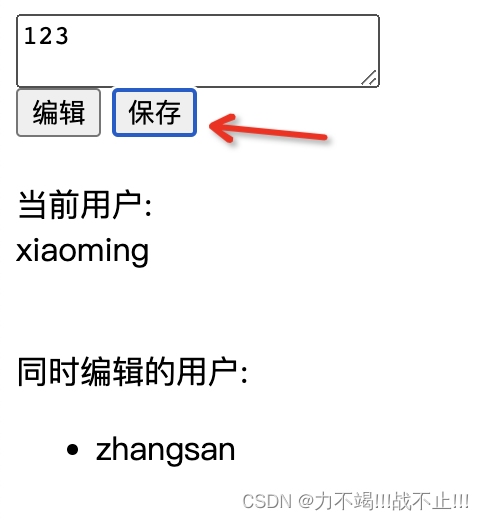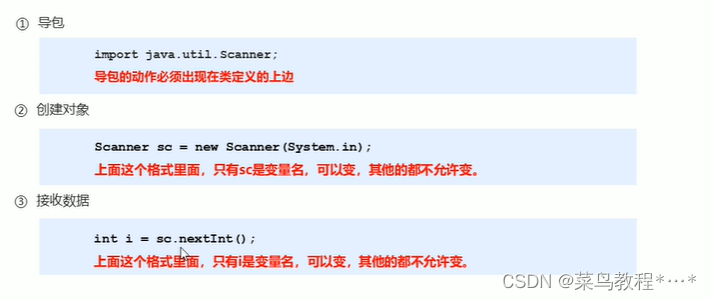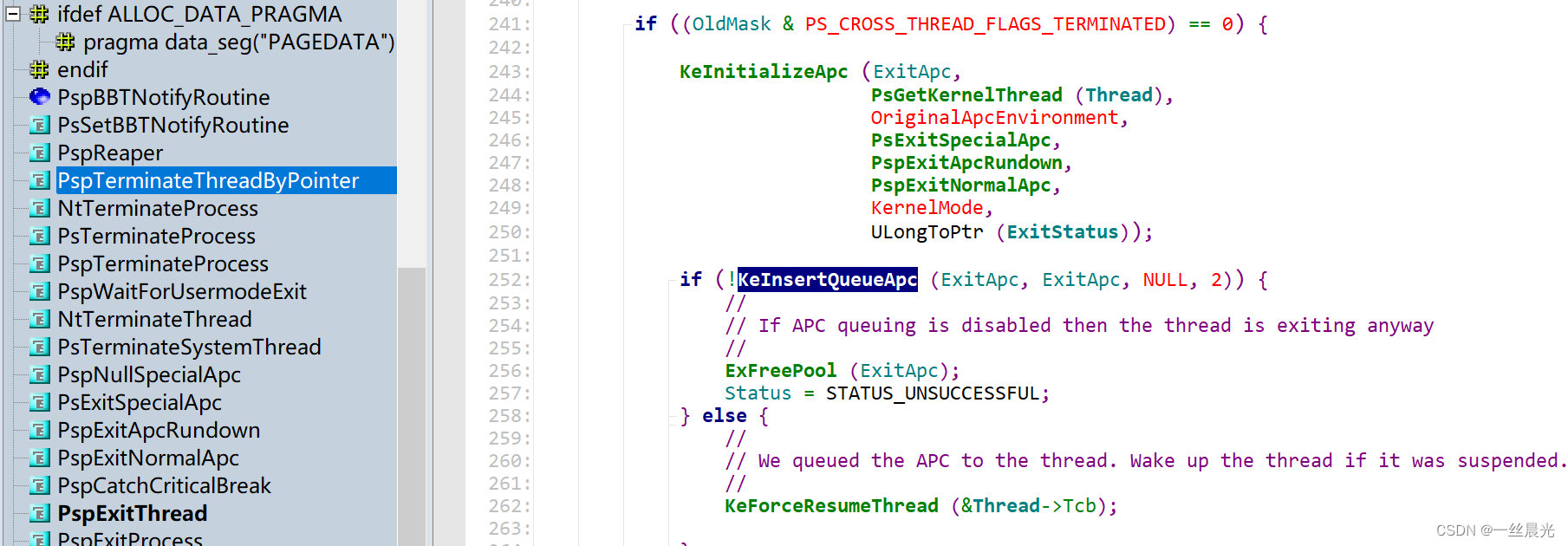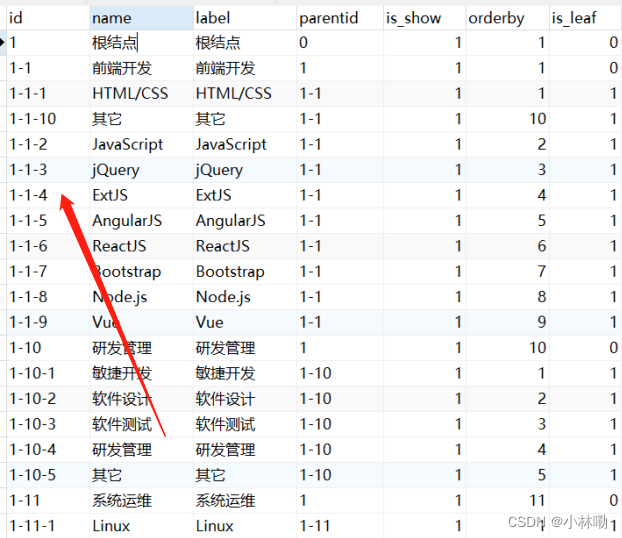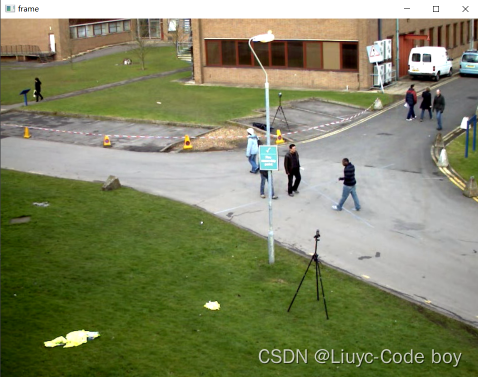RDB
RDB是什么
在指定的时间间隔内将内存中的数据集快照写入磁盘, 也就是行话讲的SNAPSHOT快照,它恢复时是将快照文件直接读到内存里
备份是如何执行的
Redis会单独创建(fork)一个子进程来进行持久化,会先将数据写入到 一个临时文件中,待持久化过程都结束了,再用这个临时文件替换上次持久化好的文件。 整个过程中,主进程是不进行任何IO操作的,这就确保了极高的性能 如果需要进行大规模数据的恢复,且对于数据恢复的完整性不是非常敏感,那RDB方式要比AOF方式更加的高效。RDB的缺点是最后一次持久化后的数据可能丢失。
Fork
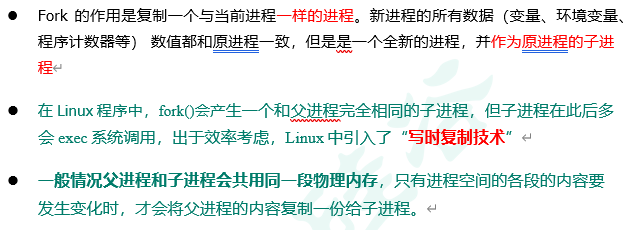
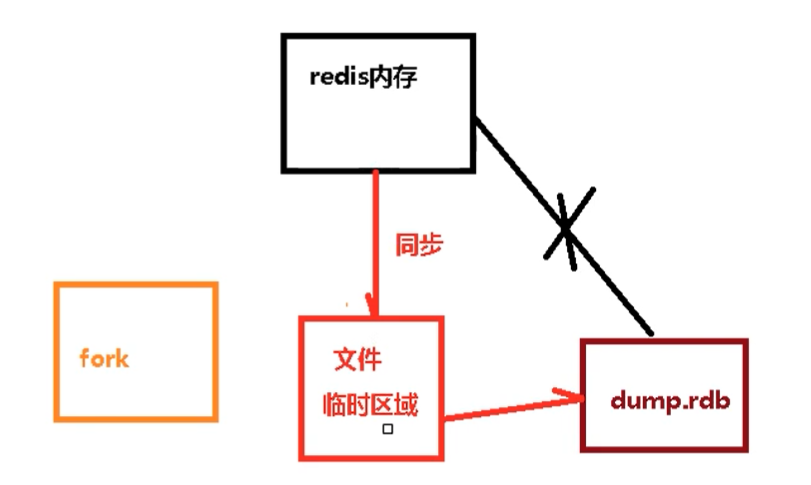
RDB持久化流程
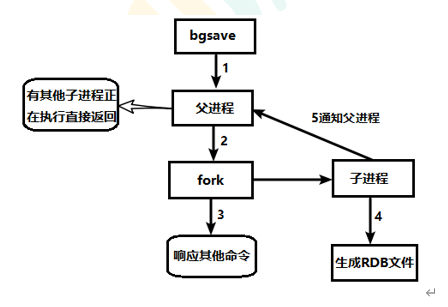
dump.rdb文件
在redis.conf中配置文件名称,默认为dump.rdb
# The filename where to dump the DB
dbfilename dump.rdb
配置位置
rdb文件的保存路径,也可以修改。默认为Redis启动时命令行所在的目录下
# The working directory.
#
# The DB will be written inside this directory, with the filename specified
# above using the 'dbfilename' configuration directive.
#
# The Append Only File will also be created inside this directory.
#
# Note that you must specify a directory here, not a file name.
dir ./
stop-writes-on-bgsave-error
当Redis无法写入磁盘的话,直接关掉Redis的写操作。推荐yes.
# However if you have setup your proper monitoring of the Redis server
# and persistence, you may want to disable this feature so that Redis will
# continue to work as usual even if there are problems with disk,
# permissions, and so forth.
stop-writes-on-bgsave-error yes
Save
格式:save 秒钟 写操作次数
RDB是整个内存的压缩过的Snapshot,RDB的数据结构,可以配置复合的快照触发条件,
默认是1分钟内改了1万次,或5分钟内改了10次,或15分钟内改了1次。
禁用
不设置save指令,或者给save传入空字符串
配置文件中默认的快照配置
# Save the DB to disk.
#
# save <seconds> <changes>
#
# Redis will save the DB if both the given number of seconds and the given
# number of write operations against the DB occurred.
#
# Snapshotting can be completely disabled with a single empty string argument
# as in following example:
#
# save ""
#
# Unless specified otherwise, by default Redis will save the DB:
# * After 3600 seconds (an hour) if at least 1 key changed
# * After 300 seconds (5 minutes) if at least 100 keys changed
# * After 60 seconds if at least 10000 keys changed
#
# You can set these explicitly by uncommenting the three following lines.
#
# save 3600 1
# save 300 100
# save 60 10000
save :save时只管保存,其它不管,全部阻塞。手动保存。不建议。
bgsave:Redis会在后台异步进行快照操作, 快照同时还可以响应客户端请求。
可以通过lastsave 命令获取最后一次成功执行快照的时间
flushall命令
执行flushall命令,也会产生dump.rdb文件,但里面是空的,无意义
rdbcompression 压缩文件
# Compress string objects using LZF when dump .rdb databases?
# By default compression is enabled as it's almost always a win.
# If you want to save some CPU in the saving child set it to 'no' but
# the dataset will likely be bigger if you have compressible values or keys.
rdbcompression yes
对于存储到磁盘中的快照,可以设置是否进行压缩存储。如果是的话,redis会采用LZF算法进行压缩。
如果你不想消耗CPU来进行压缩的话,可以设置为关闭此功能。推荐yes.
rdbchecksum 检查完整性
# RDB files created with checksum disabled have a checksum of zero that will
# tell the loading code to skip the check.
rdbchecksum yes
在存储快照后,还可以让redis使用CRC64算法来进行数据校验,
但是这样做会增加大约10%的性能消耗,如果希望获取到最大的性能提升,可以关闭此功能
推荐yes.
RDB的备份
先通过config get dir 查询rdb文件的目录
将*.rdb的文件拷贝到别的地方
rdb的恢复
- 关闭Redis
- 先把备份的文件拷贝到工作目录下 cp dump2.rdb dump.rdb
- 启动Redis, 备份数据会直接加载
优势
- 适合大规模的数据恢复
- 对数据完整性和一致性要求不高更适合使用
- 节省磁盘空间
- 恢复速度快
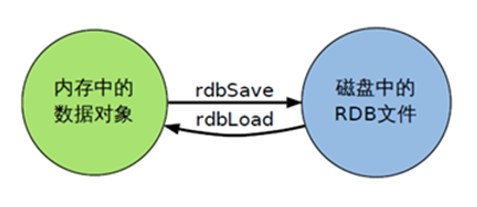
劣势
- Fork的时候,内存中的数据被克隆了一份,大致2倍的膨胀性需要考虑
- 虽然Redis在fork时使用了写时拷贝技术,但是如果数据庞大时还是比较消耗性能。
- 在备份周期在一定间隔时间做一次备份,所以如果Redis意外down掉的话,就会丢失最后一次快照后的所有修改。
如何停止
动态停止RDB:redis-cli config set save “” #save后给空值,表示禁用保存策略
小总结
